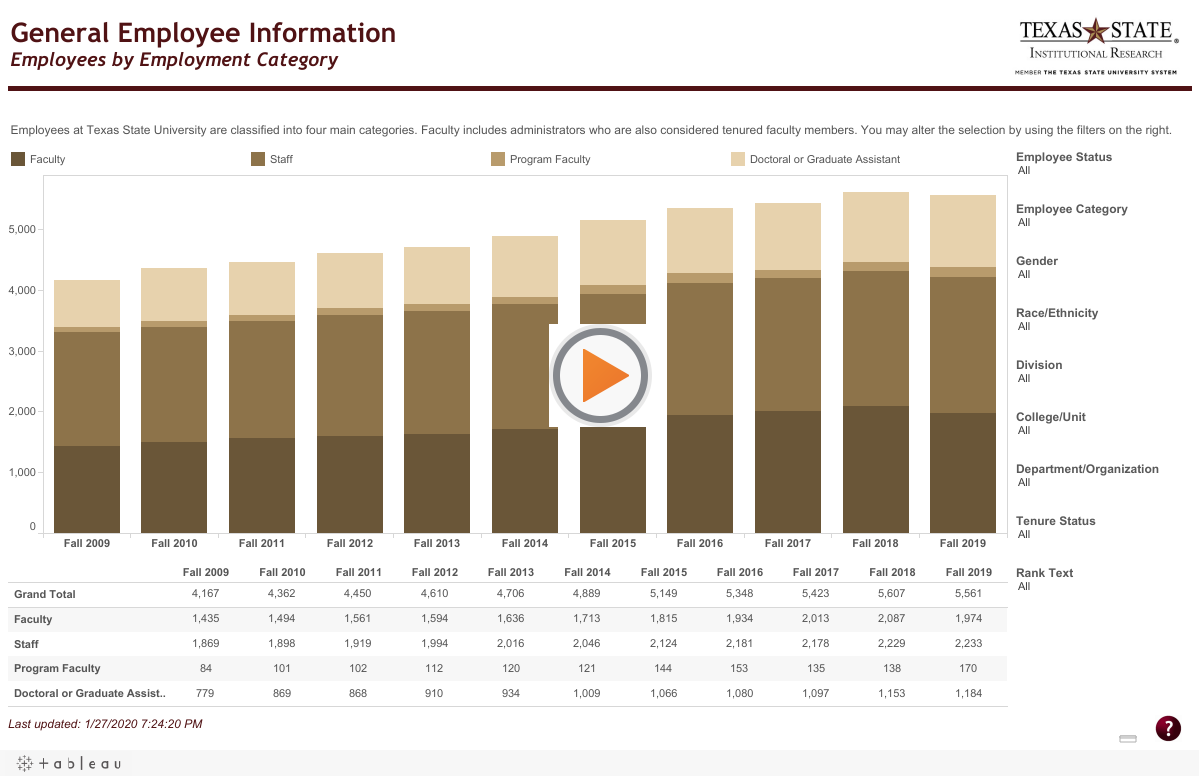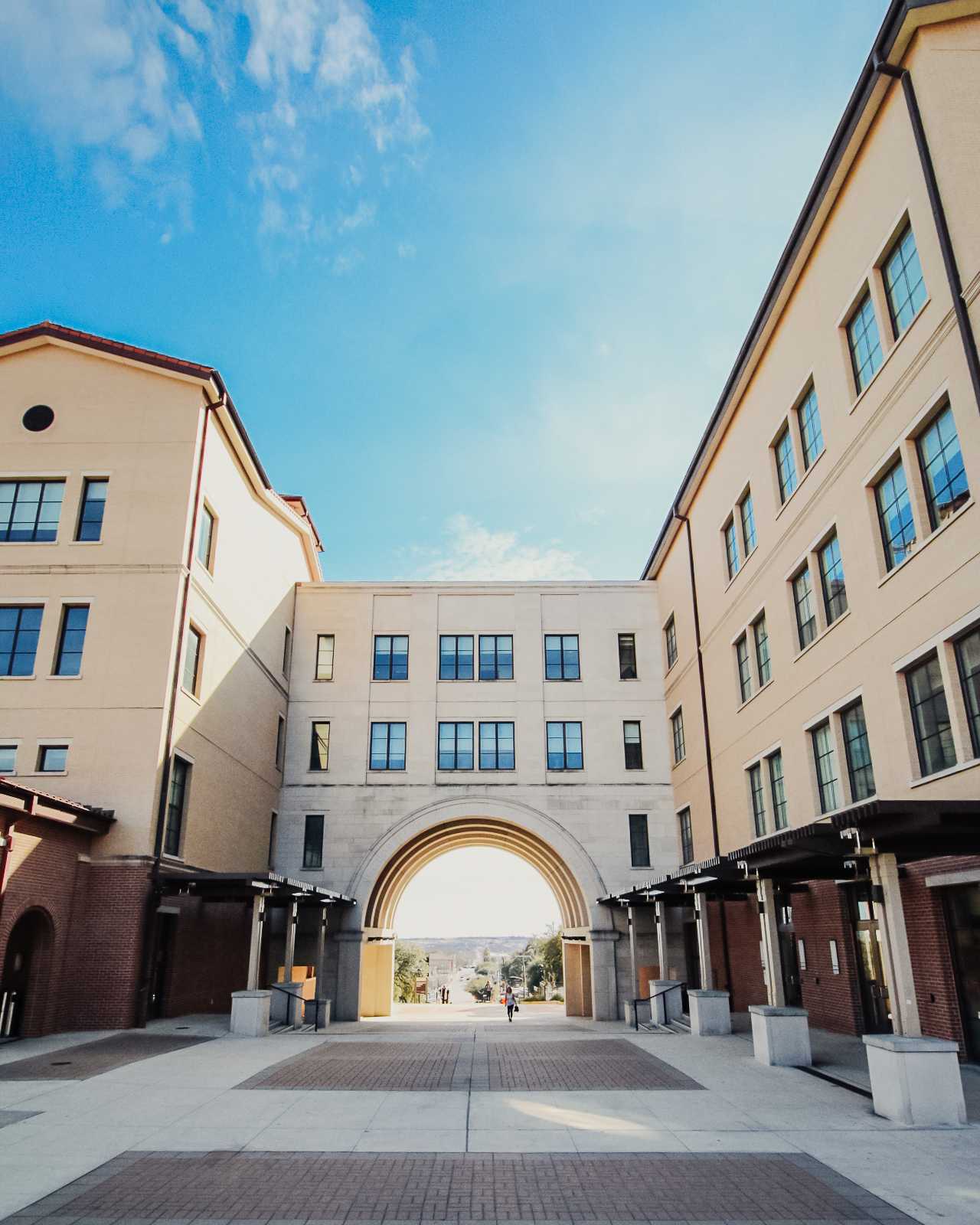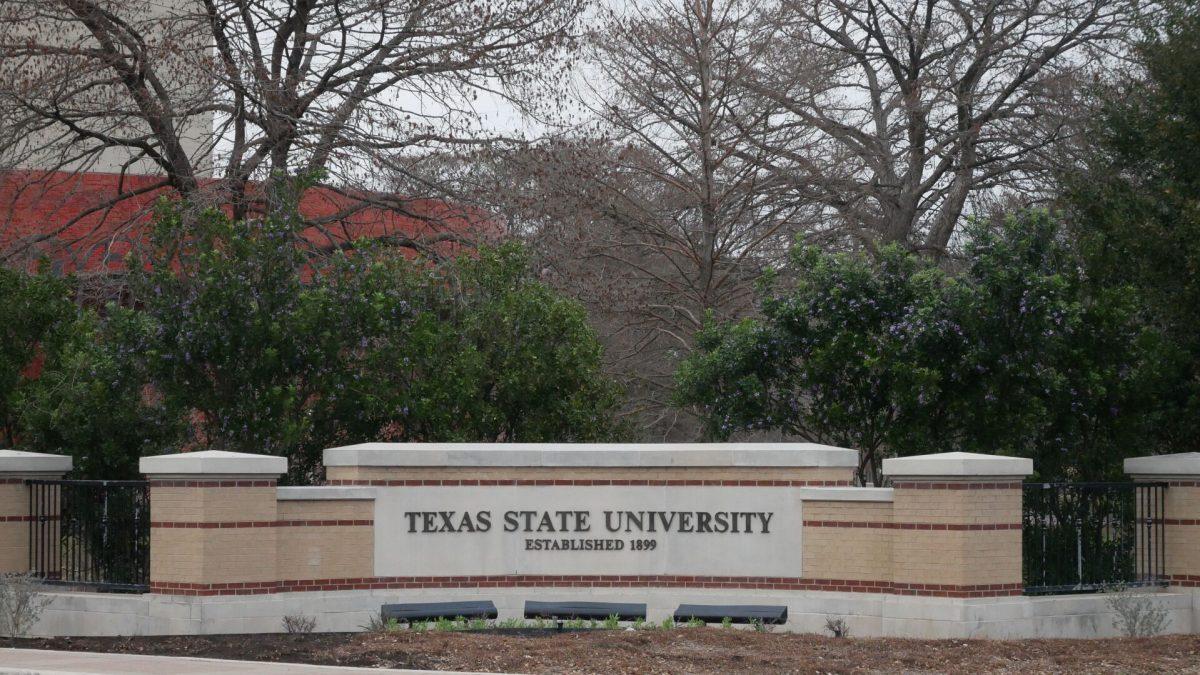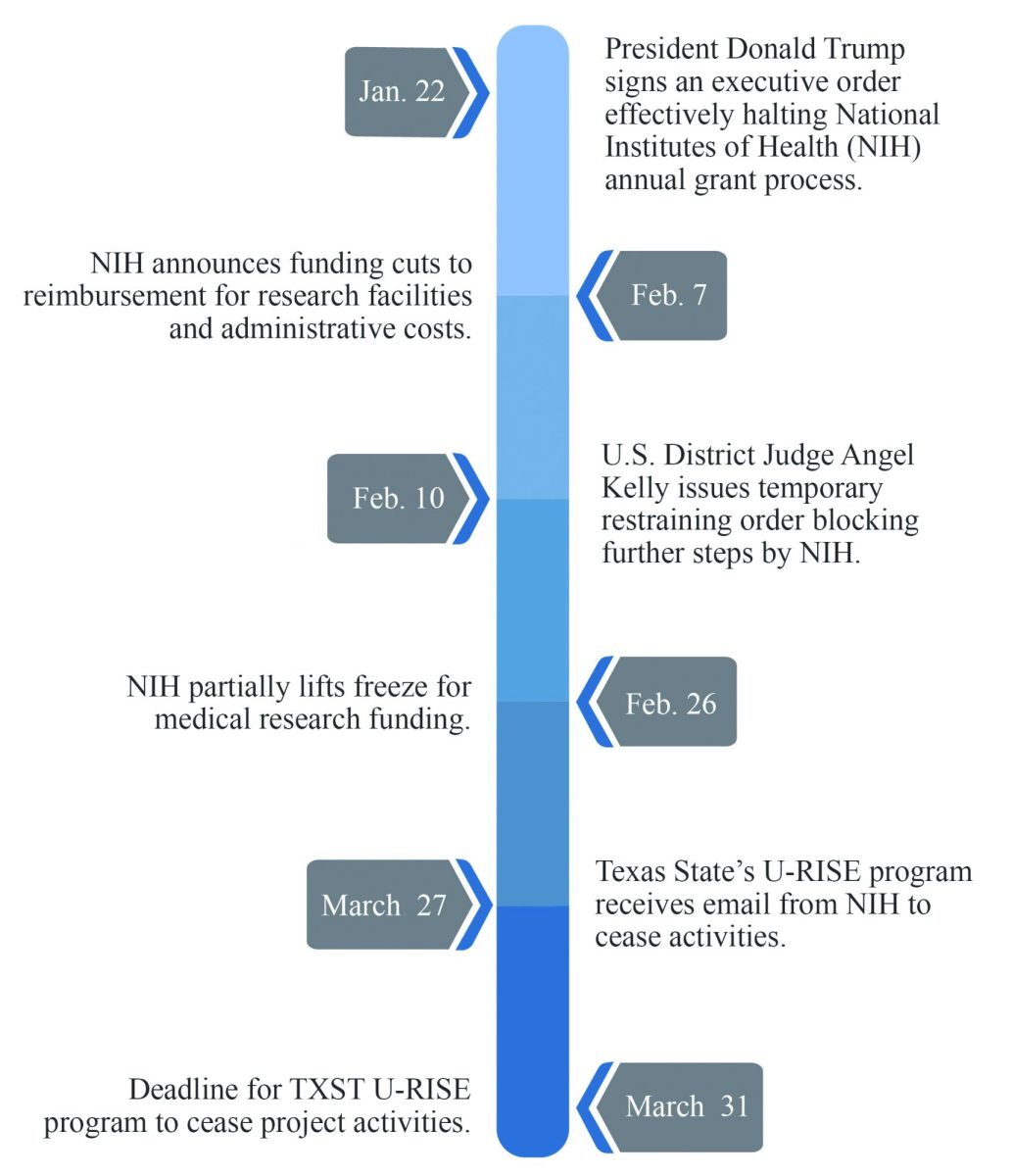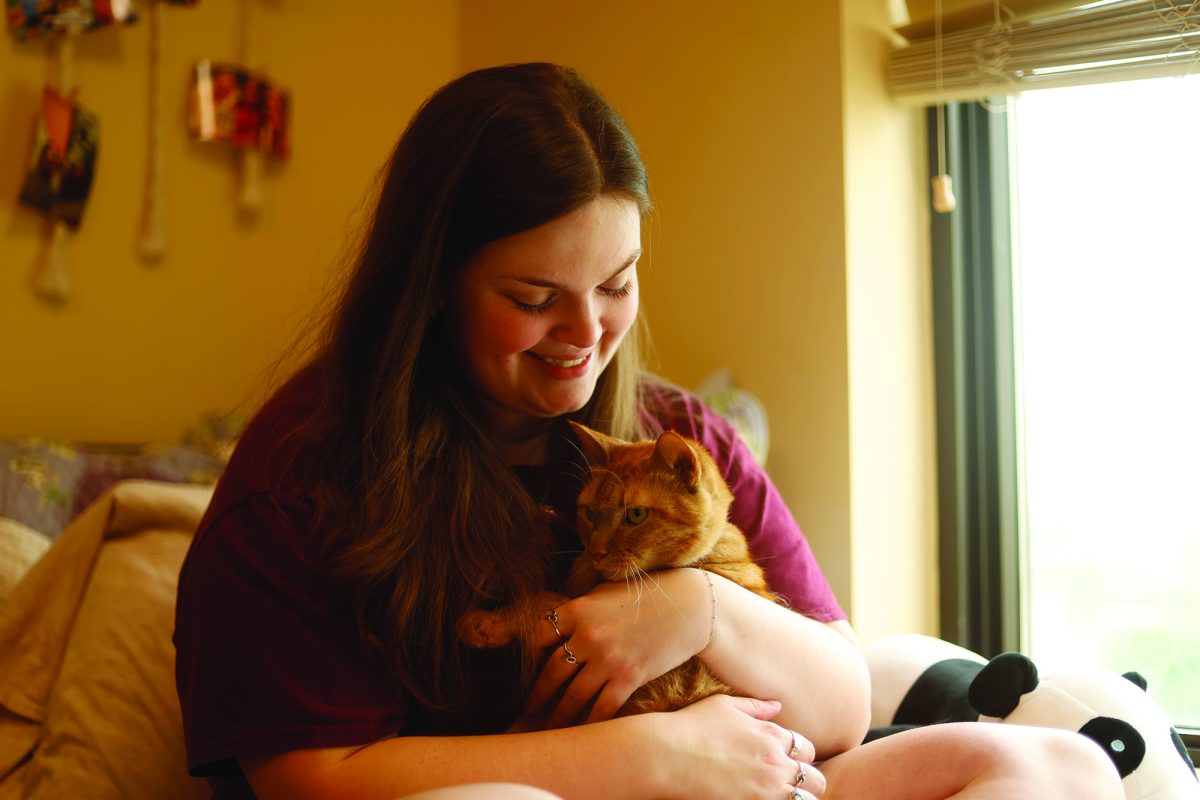A recent Forbes report naming Texas State among America’s best employers for diversity is facing backlash from students claiming otherwise.
Market research company Statista worked with Forbes to create a ranking of the top 500 organizations based on their diversity in employment. Texas State’s successes in the employment of faculty and staff were characterized by ethnicity, age, gender, disability, sexual orientation equality and general diversity.
In the Jan. 15 report, Texas State ranked 112th out of 500 American employers that made the list with 1,000 or more employees. The university also came in as the 203rd best employer for women and 139th best midsize employer. After the ratings were released, students took to Twitter to disagree with the ranking, claiming the university is not as diverse as it claims.
After the Forbes list began making the rounds on social media, Calvin Whetstone, computer information systems senior, tweeted his misunderstanding of the new report, citing his limited number of professors of color during his five years as a student at Texas State.
As a black student at Texas State, Whetstone said having professors that were not black didn’t allow for relatable teaching methods.
“There’s nobody that you can relate to, and I hate to say it like that because it sounds like separation (…) but there’s just nobody you can relate to,” Whetstone said.
Twitter user @BadGuyNova stated the report wasn’t true at all after having approximately three professors of color during college. Some Twitter users expressed extreme discontent as well.
Whetstone also described the complexity of diversity on campus in other areas. He said he has had about four or five women that were professors yet also took notice of some diversity in university leadership including Ju Long, an Asian, female Computer Information Systems & Quantitative Methods chair and associate professor.
The differences in faculty and staff diversity is not outlined in the Forbes article. According to Texas State Institutional Research, there are discrepancies between faculty and staff similar to what Whetstone has noticed.
For example, as of fall 2018, 26.4 percent of all faculty were classified as non-white at Texas State whereas non-white staff made up around 40.24 percent of all staff – faculty being what most students understand as professors and staff as non-academic employees. Of those faculty members, 30.56 percent of tenured faculty were non-white. At the same time, 52.66 percent of faculty and 58 percent of staff identified as women.
These employment numbers can also be compared with the 55.7 percent non-white students and 58.5 percent female student population at Texas State as of January 2019, according to Texas State Institutional Research.
Texas State Media Relations director Jayme Blaschke stated in a press release the steps Texas State has taken to create a more diverse campus, including hiring a new chief diversity officer, expanding staff positions in the Office of Equity and Inclusion and adding a special assistant to the provost for inclusion and diversity to increase the diversity of faculty and professional development.
Additionally, a minor in Latina/o studies was added in fall 2018 and a minor in African American studies will be available in fall 2019, both after pressure from students in spring 2018.
More information about the report can be found through a Forbes article detailing the report.
Categories:
Forbes’ list commends Texas State, students dispute results
February 9, 2019
0
Donate to The University Star
Your donation will support the student journalists of Texas State University. Your contribution will allow us to purchase equipment and cover our annual website hosting costs.
More to Discover



